ELA B30 Podcast Listening Activity – List of Options
In your current section of ELA work, you will practice some listening skills by selecting a podcast related to a social issue and working through some active listening tasks. The podcast should be at least 25 minutes in length approximately and on a topic that relates to an issue either nationally or globally significant in our time. 
Note: Even though this is a World Literature course and shouldn’t have any Canadian content, the topics of these Canadian podcasts are relevant beyond Canada’s borders so they are acceptable topics to focus on.
Double Note: For anything longer than 30 minutes, you can listen to the 1st 25 minutes of your podcast and jump to listen to the last 5. Don’t let length interrupt choosing a topic you’re interested in.
The following have been screened for you and would be acceptable choices.
- Why are so many young Canadians homeless and what should be done about it? 39 mins
- Vice Reporter says RCMP’s demands for his notes puts journalism at risk. 26 mins
- In a safe, subsidized apartment, this 21 year old is beginning to imagine his future. Born to a drug-addicted prostitute in Prince Albert, a 12-year-old lives on the streets and survives. 27 mins
- The elephant in the room: women with medically fragile kids that need daily medical care to stay alive. 26 mins
- Ijeoma Olvo urges us to have better conversations about race. 44 mins
- Why Ing Wong-Ward “won’t” choose medically assisted death. 25 mins
- Why a couple married 73 years chose doctor-assisted death together. 24 mins
- Escaping “the man box” – how parents raising sons are rethinking masculinity. 23 mins
- We can’t cower to intimidation: Jewish community in Germany reacts to growing alt-right party support and rising anti-semitism. 23 mins Podcast playable from Google Drive
- The War at Home: documentary looks at Canada’s failure to help women flee partner violence. 24 mins
- Belle: Counselling sessions with a woman suffering from post-partum depression and a woman struggling with an eating disorder. Samples of improvements because of counselling. 25 mins
- Violent misogyny found in “incel” (involuntary celibacy) is a form of terrorism, says author. (Relates to the man who drove a van over Toronto sidewalks killing several people.) 25 mins
- Is India’s gender imbalance to blame for the rise in violence against women? (There are 37 million more males than females in India) 24 mins
- Humboldt Broncos player’s organ donation prompts call for stronger protocol around consent. 23 mins Podcast Link in Google Drive
How bad is Canada’s food waste problem? Among the world’s worst, report finds. 23 mins
International Podcasts:
- Discussion on what “home” means to homeless people. 44 mins
- Prenatal blood testing changed modern medicine, particularly in diagnosing Down Syndrome babies and possibly deciding to end those pregnancies. 30 mins
- Climate change denial is similar to the controversy that happened decades ago when evolution was first taught as fact in schools. The trend in denying science. 39 mins
- A look into the interesting facts on the development of a teenage brain; it’s like a sports car. 35 mins Juvenile offenders in the US are sentenced to mandatory sentences, like life or even the death penalty. Science proves, though, teenage brains function differently, so this podcast follows the efforts of lawyers to use that science to reduce the sentences for youth found guilty of murder, so they won’t be killed or live their lives in prison.
- Reality tv shows are popular, but fabricated reality. The United Nations attempted to use this type of reality show to influence citizens of Somalia to adapt their views on democracy and freedom. 50 mins
- The Woman Behind a Secret Grey’s Anatomy Experiment. 33 mins In the 80s when HIV was epidemic, people believed it was a disease only homosexuals could be infected with and die, until heterosexual young people, young women included, became infected. They told their stories so people would understand it could infect anyone.
- Living in between gender categories. Meet someone who lives part of their life as a woman and other parts of their life as a man.48 mins
- Flipping the script – police are trying to reduce radicalization of young people in Denmark by showing love and compassion. 60 mins
- Working for Doctors Without Borders at a massive refugee camp in Somolia. What is it really like? 30 mins
- How friendships and quiet conversation transformed a former white nationalist. 52 mins
- Conversation on the soul in depression. 51 mins
- Living in a Syrian refugee camp in Greece – what stories of hope and charity can be found in a place like that? 79 mins (listen to parts)
- Overcoming Childhood Trauma/Addictions to finding peace and thriving in life (71 minutes)
- Conquering PTSD and taking your life back (61 minutes)
- Climbing out of darkness (of depression) to reclaim your life (49 minutes)
- Surviving Pregnancy in America – when pregnancy becomes a physical health risk to mother (41 minutes)
- Sperm Banter – the male perspective of going through infertility issues and treatment (21 minutes)
- Wildfire: Trapped by Fire (experiencing a raging forest fire, broader issue of forest fires) (48 minutes)
- Genderless Voice Assistants – challenging the gender bias created by mostly female voice assistants (27 minutes)
- Is facial recognition violating people’s rights? (bans against it beginning in cities) (26 minutes)
- Chemists’ Dirty Secrets – from the Cold War to today (use of chemical weapons in the world) (26 minutes)
- Chemists’ Dirty Secrets – from the Crimean War to end of WWII (use of chemical weapons) (26 minutes)
- Examination of US Hault to use of Hyman Embryo Tissue for Scientific Research (35 minutes)
- Using AI to Predict Heart Attacks and Cancer (27 minutes)
- #Sharenoevil – a Chrome Browser Extension can block any mention of the Christchurch mosque shooter’s name appearing in searches (blocking terrorist content) (27 minutes)
- The Mother I Never Knew – story of family who gave their child to another family to be raised in another country (Australian) (53 minutes)
Deconstructing a text like a podcast: understanding the elements
- Message of the text:
- What’s the overall theme or focus of the podcast you listened to?
- What understanding do they want listeners to walk away with after listening?
- Your bias or personal reactions you have to parts of the discussion
- Did you pick a topic that follows your personal beliefs or is contrary to them? Did you pick a topic that challenges your ideas or will likely support your own views and opinions?
- Were their comments or ideas brought up in the podcast that touched on a viewpoint you are sensitive towards? Did you find yourself being mentally resistant to an idea or discussion in the text?
- We all have biases – we are biased towards a topic or biased against one.
- Main Ideas of the text and their Supporting Ideas (sub-topics)
- Any informational text will be broken down into main ideas and then supported with multiple points. Consider text book chapters you’ve read or teacher’s handouts – you’ll have noticed main headings and indented bullet points of the supporting details.
- Look at your note taking – did you identify some main points of the podcast and supporting details of each? What were those main ideas and sub-topics?
- Explicit Messages
- An explicit message is the one directly expressed to the listener. It is a clearly relayed point the authors want listeners to understand. It includes the obvious message points included. These points are not subtle or easily missed.
- Implied Messages (implicit messages)
- These messages are the more-hidden messages included within a podcast text. They’re not as obvious and, if a listener isn’t thinking critically and carefully while listening, they may miss that they were exposed to or influenced by implicit messages.
- It is a message that is understood and hinted at, but not plainly expressed.
- A listener may have to infer meaning if the message is subtly expressed.
- Values shared through the podcast, of the speaker or other guests
- A good listener will naturally recognize the values hinted at through what someone is saying in a podcast. A speaker may not directly explain their value or moral belief, but through their conversation you should be able to understand what is important to them.
- Examples: Someone who speaks about a lack of funding in the health care system to support sick children will value social supports that protect individuals. Someone who investigates the amount of food that’s wasted in our grocery and food services industry will value conservation or sustainable living. Someone who reports on an American justice system that still uses the death penalty on teenage offenders will be someone who values the idea of right and wrong, justice, restitution, or second chances.
- Tone of the Message
- The same way that you recognize mood or tone in a poem or short story, you should recognize tone in a listening text.
- The speaker may use certain language that makes clear a subtle tone or a stronger tone. It can be the difference between talking about a topic in an informing way compared to a convincing way.
- Editors may also include other elements like sound effects or music in the background to help establish the tone of the overall podcast. Discussing a topic like assisted suicide may be approached in a negative or skeptical tone … or it can be approached in a positive way sharing an opinion of it being the right answer for some people in need.
- Emotional Appeals
- If the host or a guest on a podcast is trying to convince listeners of one side of a topic, they may use comments, anecdotal stories, personal experiences to emotionally compel listeners to support their side of the issue.
- It is a technique of manipulation, though a subtle one. Critical thinkers need to stay alert/aware to understand if they are being slightly manipulated or not.
- Reasoned Arguments
- Other hosts or guests on a podcast may come prepared to convince listeners of a topic (the importance of it or to side with one perspective of that topic) not through emotional manipulation, but instead through a rational argument that’s well-organized and shared with the listener.
- It may include using logical, rational points set up almost like a debate structure. Listeners may find themselves believing that speaker because of how informed they are/seem on the topic.
- Still, in recognizing a speaker with Reasoned Argument, a critical thinking listener must consider whether they believe everything that speaker is sharing. Do they trust their information?
- Use of Allusion
- This is a poetic device some hosts or guests may use to develop the entertaining factor of their topic. By making references to popular characters in other texts, it helps listeners make personal connections to a topic or speaker. If they refer to some type of rescue as “Noah’s arc” that protected everyone, that’s an Allusion reference from the Bible. If they refer to some heroic person as a type of “John Wayne” or “Moses”, they’re referring to other characters seen as being heroic.
- Artistic creative efforts
- What was unique about the techniques used in your podcast choice that may have been added for style specifically to help keep the podcast interesting for a listener?
- It may include their use of sound effects to help the reader visualize a scene as someone narrates their personal experience. It may include the use of the host’s voice – using a lot of inflection, laughter, and comical jokes. Was there anything specifically unique and creative about how your podcast was constructed? If so, describe how they developed that.
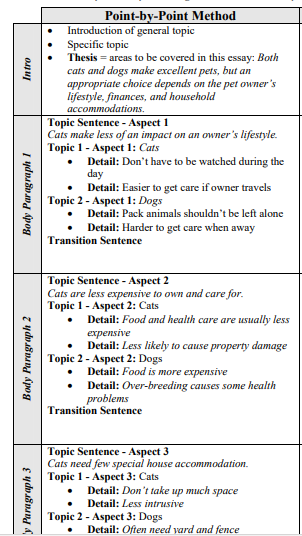


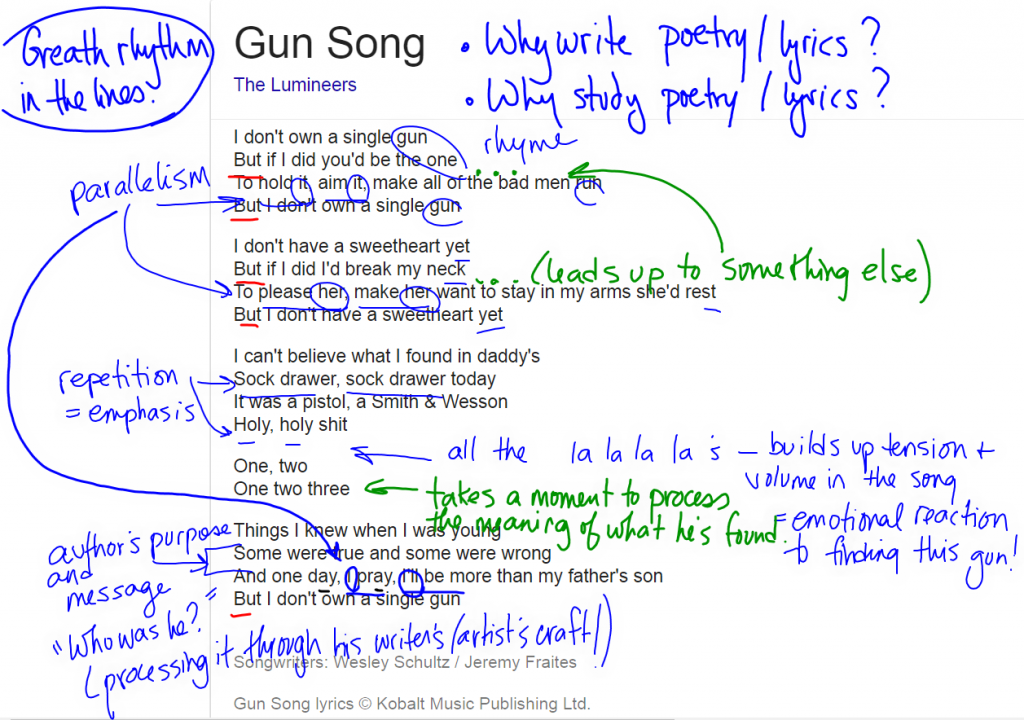
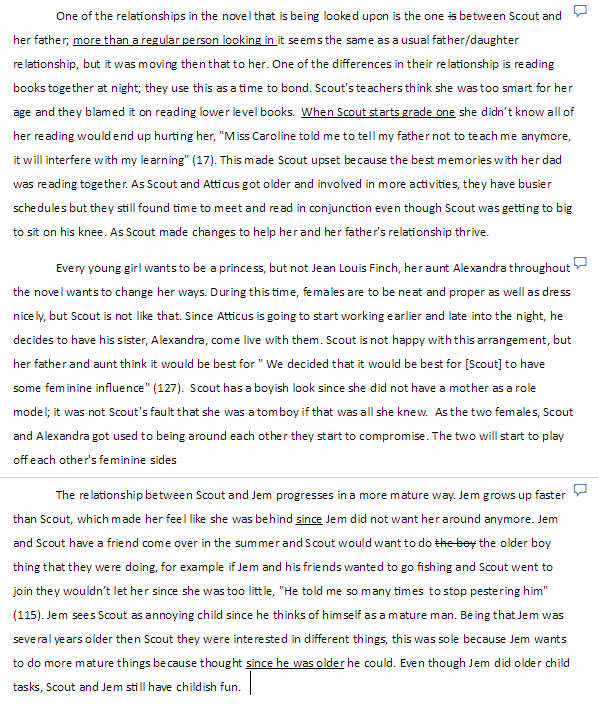
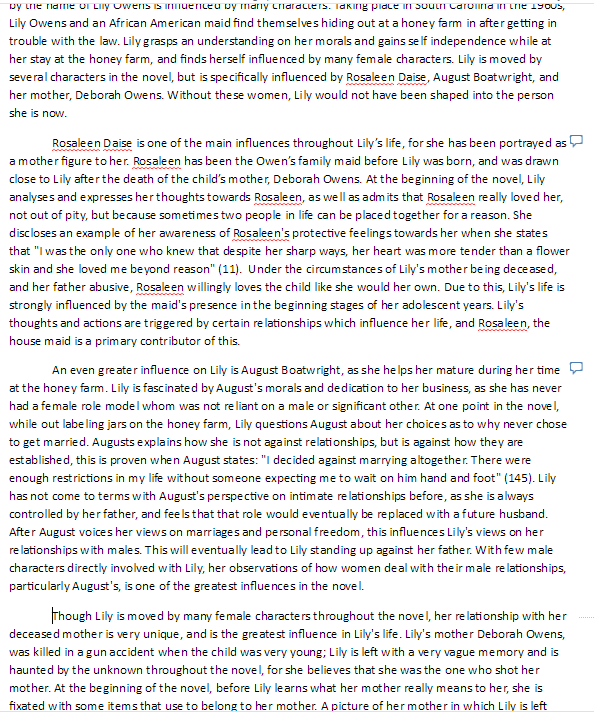
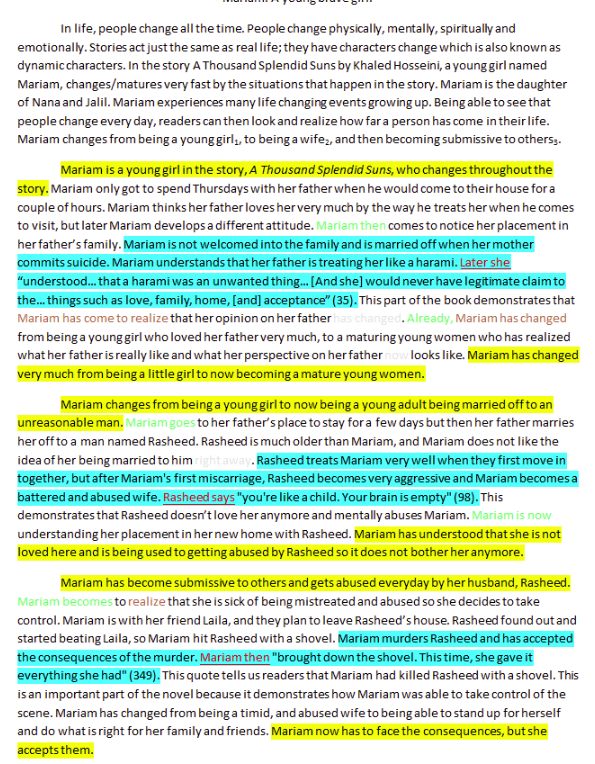
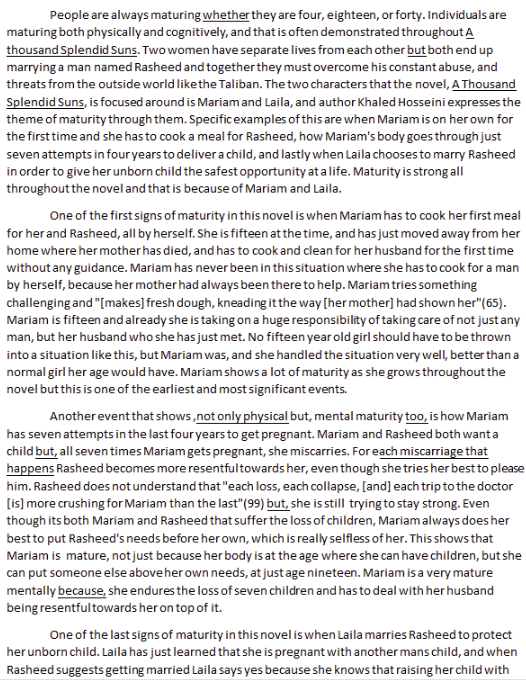
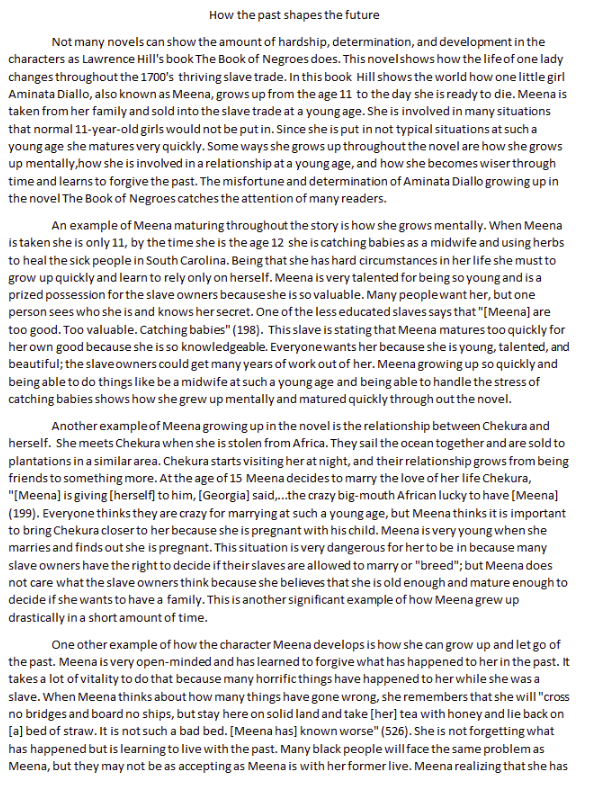
 understand 450 year old literature isn’t as important as being able to understand the plot elements and deeper concepts within the story itself.
understand 450 year old literature isn’t as important as being able to understand the plot elements and deeper concepts within the story itself.